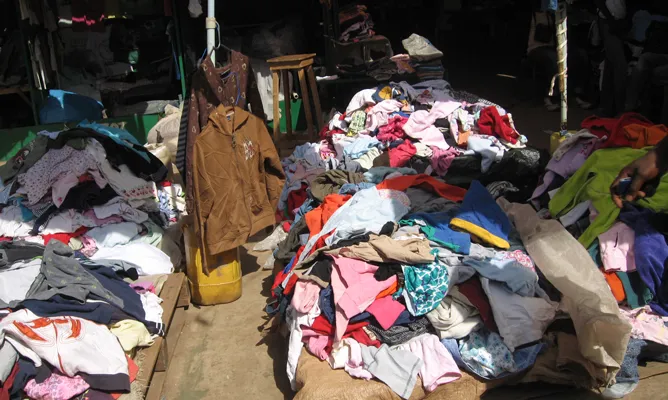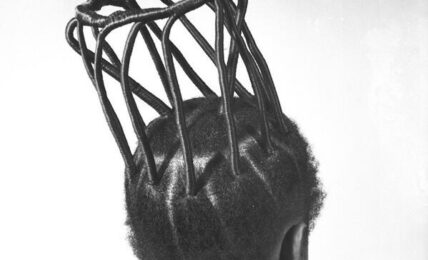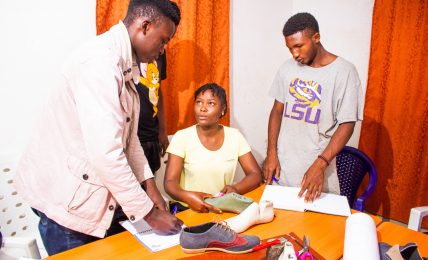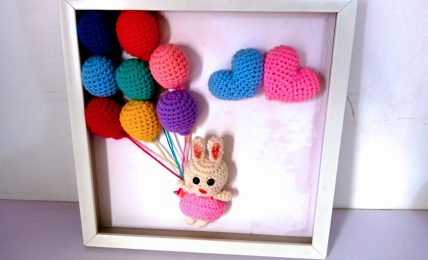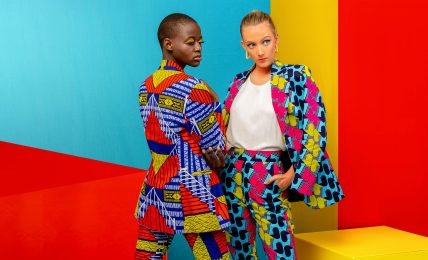“Dead White Man’s Clothes”: The Language of Second-hand Clothes in Africa
Second-hand clothes carry both the individual and collective identity of their origin, that is, the fashion, style, and aesthetics. As discarded and unwanted items, second-hand clothes mediate notions of dignity and well-being. As imported commodities, second-hand clothes reference the nature of trade relations between Africa and the West, and how such relations influence local production.
